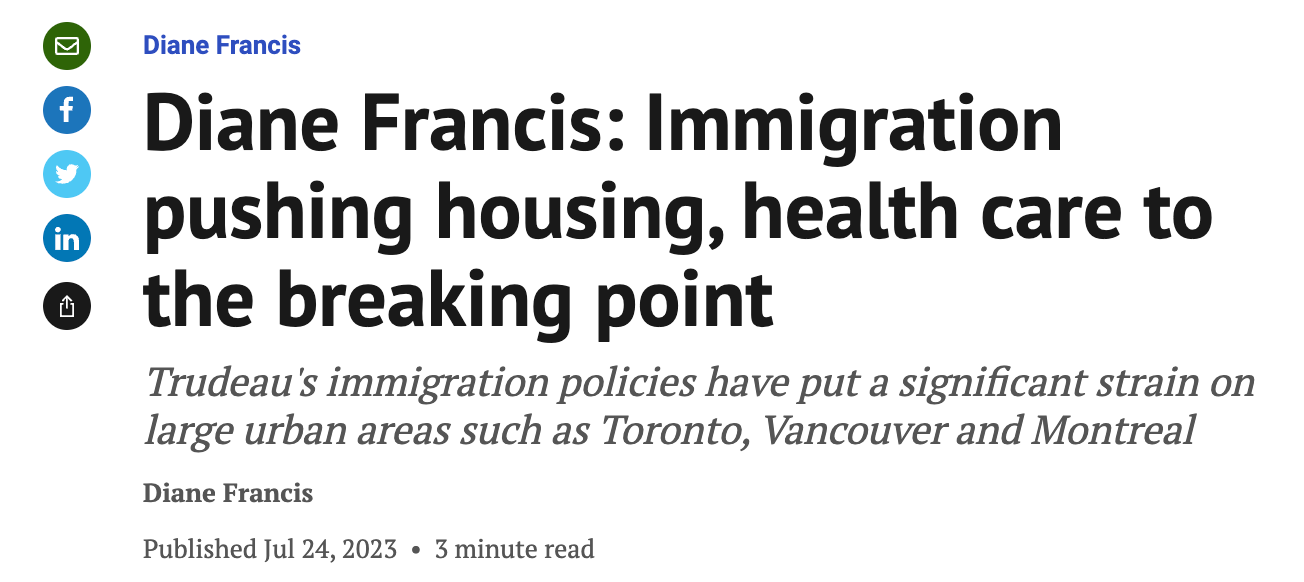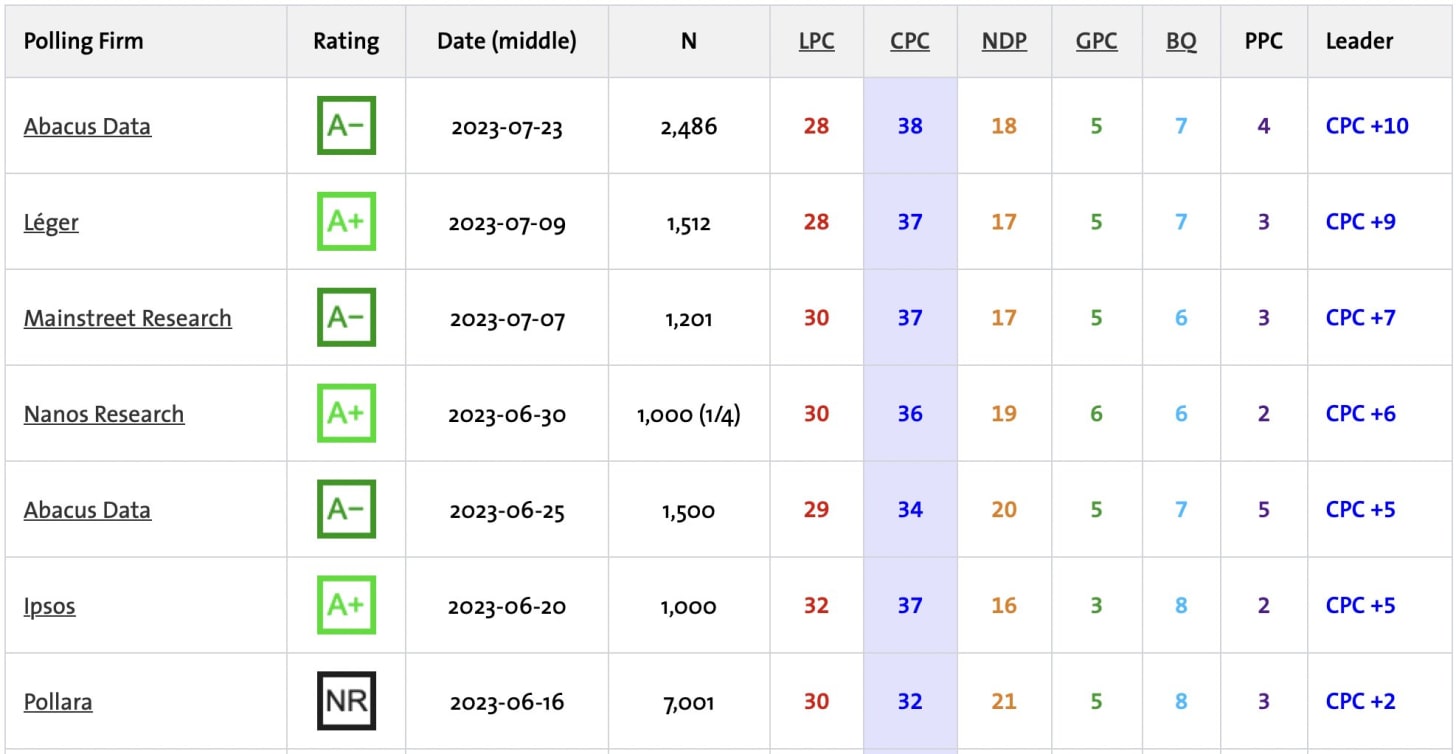Happy Monday Morning!
The Trudeau liberals shuffled the deck this past week, replacing several key cabinet positions. Amongst those moves was a change of the housing minister. Ahmed Hussen is out, which should not come as a surprise given house prices have doubled under the current government, with an election not far away. Hussen’s track record since he took the job in 2021 has been uneventful to say the least, and his tone-deaf op-ed a few weeks ago was the final nail in the coffin.
If you haven’t read the op-ed i’ll summarize it for you here. Don’t blame us, and don’t blame the municipalities.
Zero accountability.
Anyways, we now have a new housing minister. His name is Sean Fraser, the same guy in charge of immigration.
The same minister who ramped up immigration to mind blowing levels in the midst of a housing supply crisis. He is now responsible for fixing the problem he helped create. Yes, the arsonist has become the firefighter.
Canada’s population boom has strained both public services and housing. According to the economics team at TD, Canada’s 1.2 million population expansion over the past year is more than double the pace in 2019 and in the years that preceded it. For comparison, the U.S. population, which stands at nearly ten times the size, is estimated to have grown by a nearly comparable amount.
TD estimates that Canada could fall short of supplying demographically driven demand requirements by about 215k units over the next two years, as strong population growth collides with a downcycle in housing construction. If Canada repeats last year’s cycle of record inflows, then the supply/demand gap for housing swells to over 500k units through 2025.
Furthermore, they estimate higher levels of population growth will lift interest rates higher than they otherwise would have been. It’s estimated the neutral interest rate level will need to be higher by an extra 50 basis points.
Suffice to say it’s really not hard to figure out why public sentiment on immigration has taken a sharp turn in recent months.
Having two mainstream news providers question the levels of immigration in the same week. Unimaginable a couple years ago. Public sentiment has shifted in a big way.
This is showing up in the polls.
So cue the cabinet shuffle. Same faces, different places.
Naturally, Canada's new housing minister says closing the door to newcomers is not the solution to the country's housing woes.
"The answer is, at least in part, to continue to build more stock," Fraser told reporters after being sworn in.
"But I would urge caution to anyone who believes the answer to our housing challenges is to close the door on newcomers."
"When I talked to developers, in my capacity as a minister of immigration before today, one of the chief obstacles to completing the projects that they want to get done is having access to the labour force to build the houses that they need.”
Let’s make this clear, nobody is saying to halt immigration, but rather asking what is the appropriate level of immigration?
Yes we need more skilled trades people to build housing, but let’s be honest, it’s pretty hard to ramp up housing starts when the cost of capital surges 500bps in a year. Developers have pulled back in a big way, and not because there is a shortage of plumbers and electricians. The 6 month trend of residential building permits now sits at their lowest levels in over a decade.
Maybe the new housing minister can pull a rabbit out of his hat and ramp up housing starts the same way he ramped up immigration, but that will require municipalities, and private capital to play ball, while at the same time evading the laws of economic gravity.









Only traditional economists would accept that higher immigration would push up interest rates. Interest rates are set by the BoC not demand. Demand pushing up interest rates is part of the loanable funds mythology.
And they are set higher in order to transfer more assets from ordinary people to the wealthy. Inequality -- increasing the gap between rich and poor or the rest of us and the rich -- seems to be public policy.